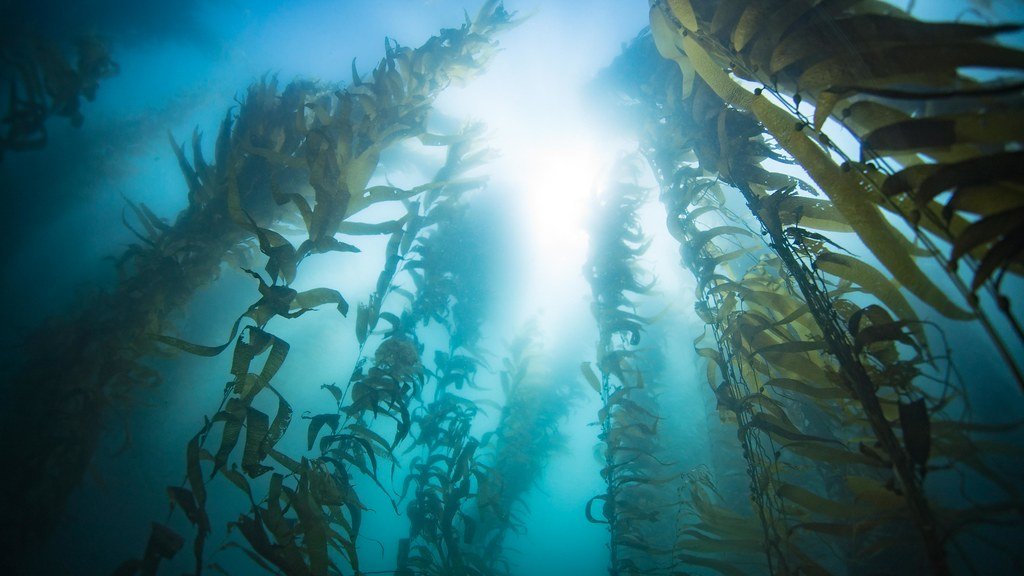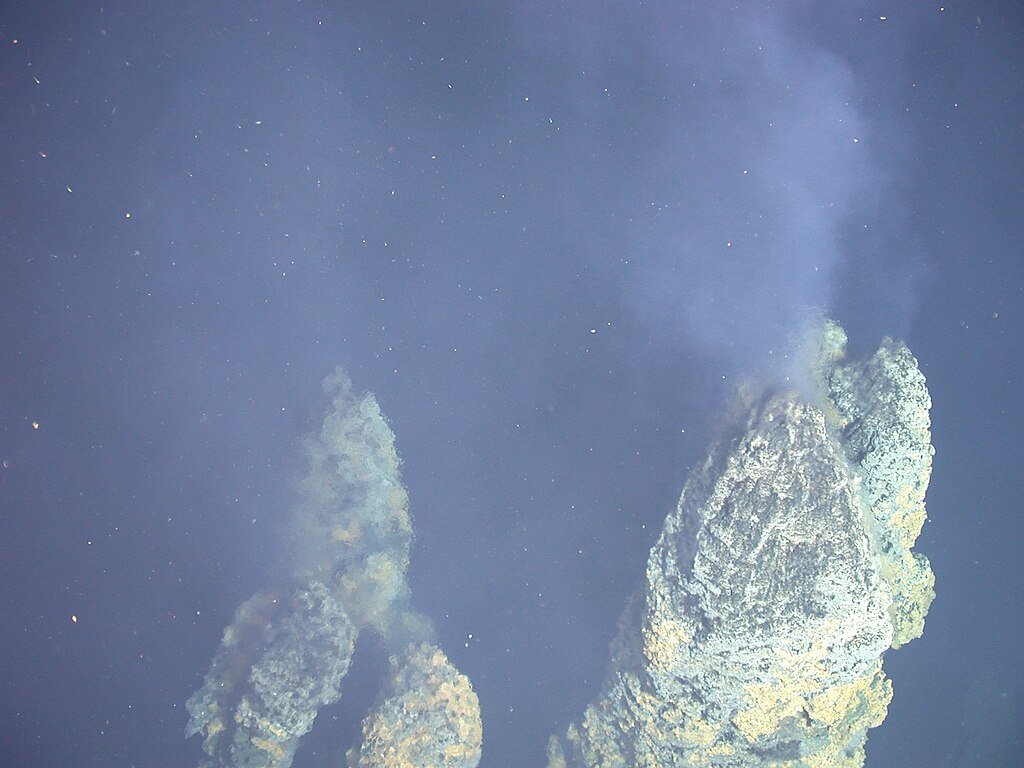Surrounded by vast expanses of blue, the Earth is home to some of the most remarkable and diverse marine ecosystems. These underwater realms are teeming with life, each distinct and varied in its composition and characteristics. Understanding these ecosystems is crucial not only for appreciating the beauty of our planet but also for recognizing the need to protect and preserve them. Dive into the mysteries of the ocean as we explore nine unique marine ecosystems from around the world that are both fascinating and vital to the Earth’s ecological balance.
Coral Reefs

Coral reefs are often referred to as the “rainforests of the sea” due to their incredible biodiversity. Found in warm, shallow waters throughout the tropics, these vibrant ecosystems are built by tiny coral polyps. Known for their colorful marine life, from parrotfish to sea turtles, coral reefs serve as crucial habitats and breeding grounds for numerous species. Not only do they protect coastlines from erosion, but they also support the livelihoods of millions worldwide.
Kelp Forests

Located in colder coastal waters, kelp forests are dense underwater forests created by towering kelp plants. These ecosystems provide shelter and food for a wide range of marine organisms, from fish to sea otters. Kelp forests are particularly notable for their role in carbon sequestration, making them important in combating climate change. Their high productivity and complex structures make them critical habitats for marine biodiversity.
Mangrove Forests

Found along tropical and subtropical coastlines, mangrove forests are characterized by salt-tolerant trees and shrubs. These wetlands play a vital role in coastal protection, reducing wave energy and preventing erosion. They also serve as nurseries for numerous marine species, enhancing biodiversity. Mangroves are crucial carbon sinks, absorbing more carbon per area than many other forest types, highlighting their importance in climate regulation.
Deep-Sea Vents

Hidden in the depths of the ocean, deep-sea vents are unique ecosystems formed by hydrothermal activity. These vents release mineral-rich water, creating an environment where life thrives without sunlight. The organisms found here, such as giant tube worms and vent shrimp, rely on chemosynthesis rather than photosynthesis. Deep-sea vents offer insights into life’s adaptability and the potential for life on other planets.
Polar Ice Ecosystems

Encompassing the Arctic and Antarctic regions, polar ice ecosystems are characterized by their extreme cold and ice-covered waters. Despite harsh conditions, these ecosystems are home to a diverse range of life, including polar bears, penguins, seals, and krill. The melting of polar ice due to climate change poses a significant threat to these ecosystems, impacting global sea levels and climate patterns.
Seagrass Meadows

Seagrass meadows are found along coastlines worldwide, primarily in shallow, sheltered waters. These flowering plants provide critical habitats for marine life, including fish, crustaceans, and marine mammals like dugongs and manatees. Seagrass meadows play a vital role in stabilizing the ocean floor, filtering pollutants, and capturing carbon, contributing to overall ocean health.
Salt Marshes

Typically located in temperate regions, salt marshes are tidal wetlands dominated by salt-tolerant grasses and plants. These ecosystems serve as important buffers against coastal storms and flooding. They provide breeding and feeding grounds for numerous bird and fish species, supporting diverse wildlife. Salt marshes also have a high capacity for carbon storage, making them critical for mitigating climate change.
Coral Atolls

Coral atolls are ring-shaped coral reef islands encircling a lagoon. Formed from volcanic activity, they are predominantly found in the Indian and Pacific Oceans. These unique ecosystems support diverse marine life, including fish, crustaceans, and seabirds. Coral atolls are highly sensitive to sea level rise and ocean acidification, highlighting the urgent need for preservation efforts.
Estuaries

Estuaries are dynamic ecosystems where freshwater from rivers meets and mixes with saltwater from the ocean. Serving as vital nurseries for many marine species, estuaries are rich in nutrients and support a wide variety of organisms, including fish, birds, and invertebrates. They play a crucial role in filtering pollutants and providing natural flood control, making them essential for coastal health.
In conclusion, the diversity of marine ecosystems around the world illustrates the intricate beauty and complexity of our planet’s oceans. Each ecosystem, from the vibrant coral reefs to the mysterious deep-sea vents, plays a vital role in supporting marine life and maintaining ecological balance. The preservation of these unique environments is not only essential for the species that inhabit them but also for human communities relying on their bounty and protection. By understanding and safeguarding these ecosystems, we ensure a healthier, more sustainable future for all.




